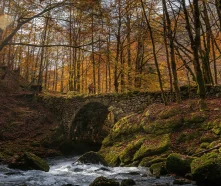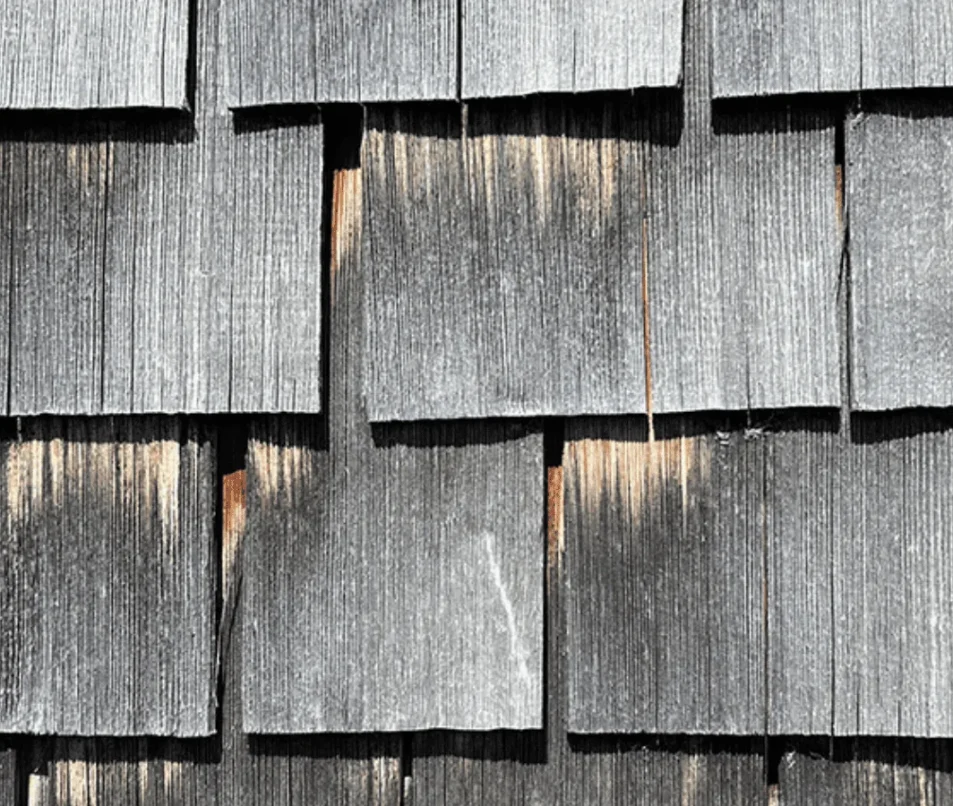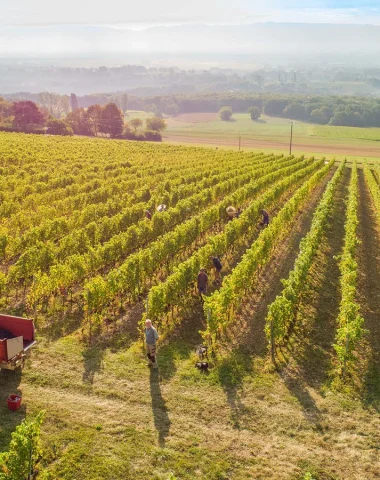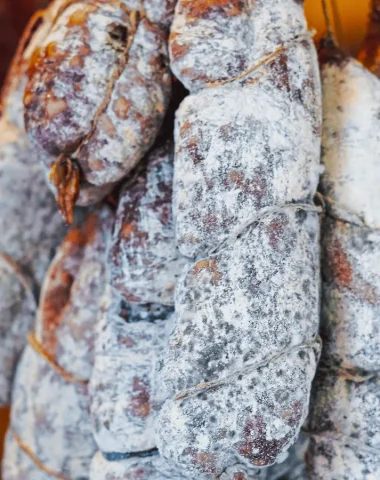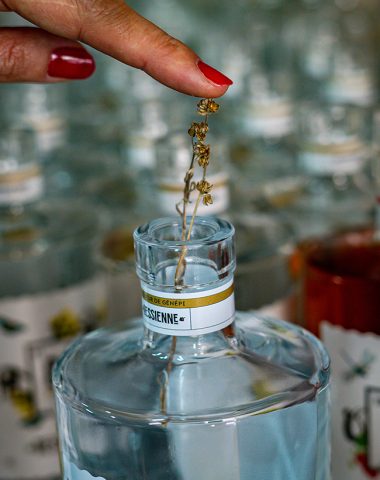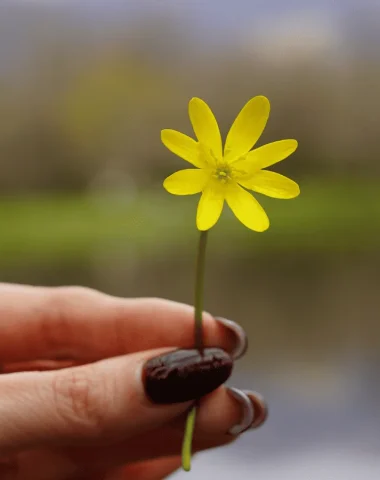By Anaïs, on 14 May 2025
Reading time: 4 min.
For all you newcomers to the Pays de Gex, whether you’re curious or a lover of craftsmanship, we’re going to tell you the wonderful story of tavaillons, small planks of spruce wood, 40 to 45 cm long and 2 cm thick, used as shingles in a typical mountain décor!
Once upon a time, the cob was …
Tavaillon developed in the Jura mountains in the 15th century. It was initially used for small buildings such as strong granaries. The risk of fire was very high because of the chimneys, wooden facades and hay piled up in the barns. To avoid losing everything in the event of a fire, the people of the Hauts-Jurassiens came up with the idea of building these huts, or attics, to store their most precious possessions. Clever, isn’t it?
Strong granaries were built just a few metres from the farms.
Generally, a cellar was dug under the building to store grain and vegetables. Unfortunately, today there are fewer and fewer of these, just 190 in the southern Jura. Many of them have been abandoned in the gardens, because we don’t know how to renovate them! These are testimonies to the past that are gradually disappearing… But you can still find them!
If you too would like to open an attic and find out what’s inside, visit the Maison du Parc in Lajoux! A treasure may be waiting for you!
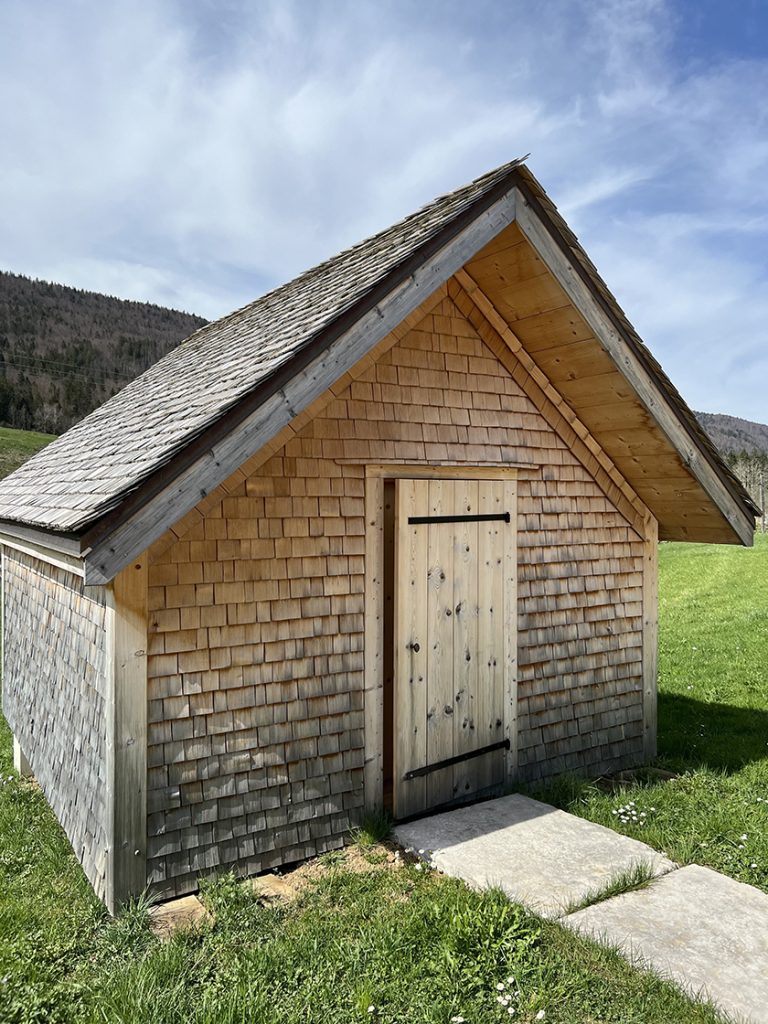
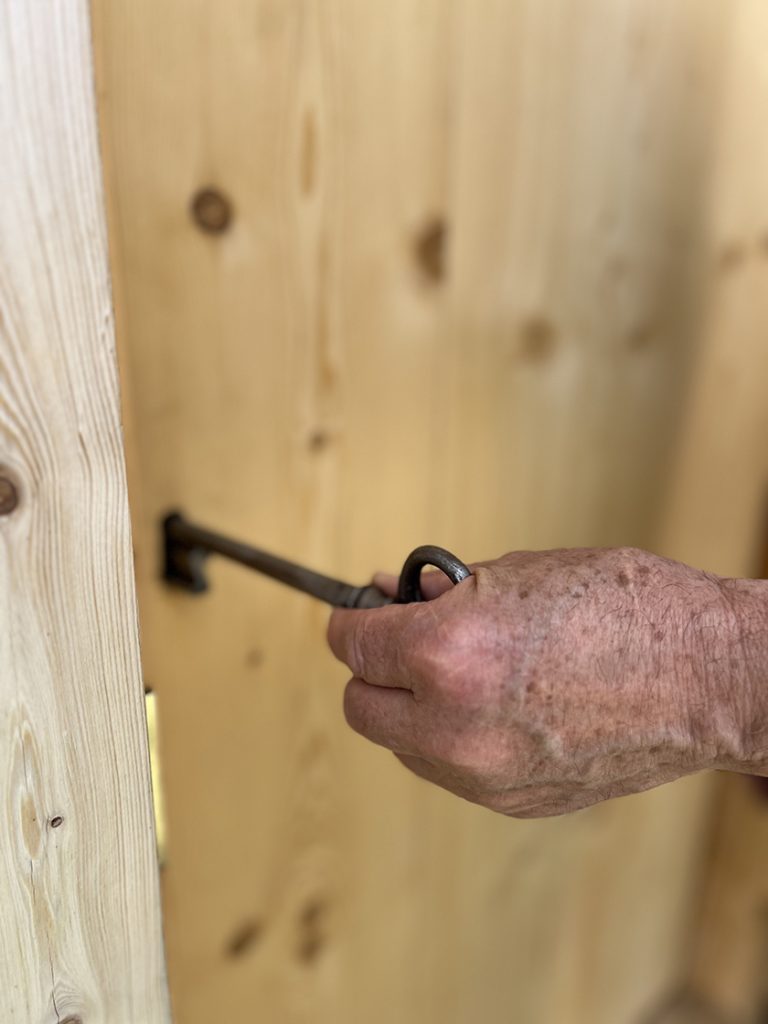
It was a little later, in the 17th century, that tavaillons became widespread, covering not only roofs but also south-west facing facades to protect Jura houses and farms from bad weather and strong winds!
Let’s take a walk in the woods …
To make these planks, you need wood, particularly spruce, the king of forests. The trees should preferably be at least 150 years old, grown on a south-westerly slope, have branches at least 8 m above the ground and have a trunk measuring between 45 and 60 m in diameter. These are all selection criteria, but only the best wood is used to make these tiles! For tavaillonneurs, it’s child’s play to spot the ideal tree! For us, it’s a completely different story…
Once the tree has been felled, the tavaillonneur needs a 30 to 40 cm long wheel. These are then chopped with an axe and split in half, then into 16 quarters. And that’s how the “tavaillon” comes into being under the expert hands of the “tavaillonneur”.
They are then arranged in scales throughout the spring and summer!
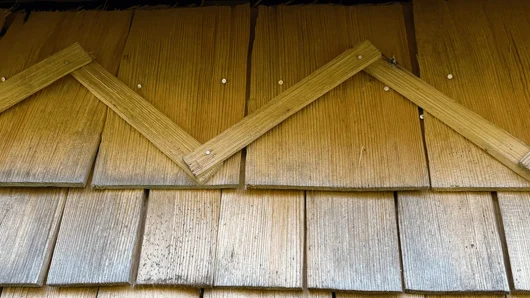
Did you know?
You need between 110 and 115 tavaillons per square metre! That’s a lot of coving!
No need for paint or varnish! The dried, untreated wood will keep the façade intact for at least a century, while providing good insulation against cold and damp! That’s one good reason to opt for shingles!
An ancestral profession in full revival
In the Jura, there are only two tavaillonneurs left. And yet, there are so many tavaillon façades! They are a ubiquitous feature of the local landscape, and many are in need of restoration! And demand is not waning!
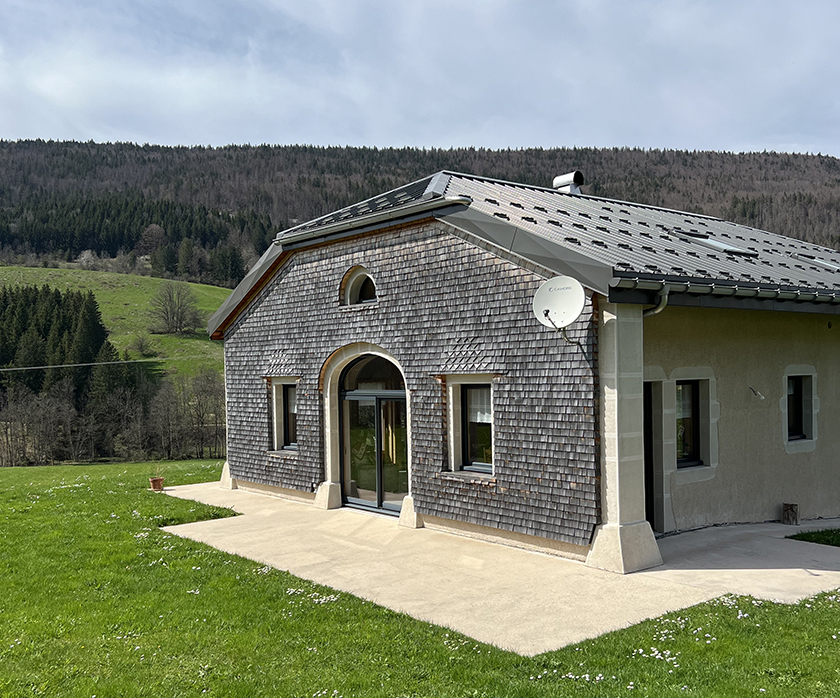
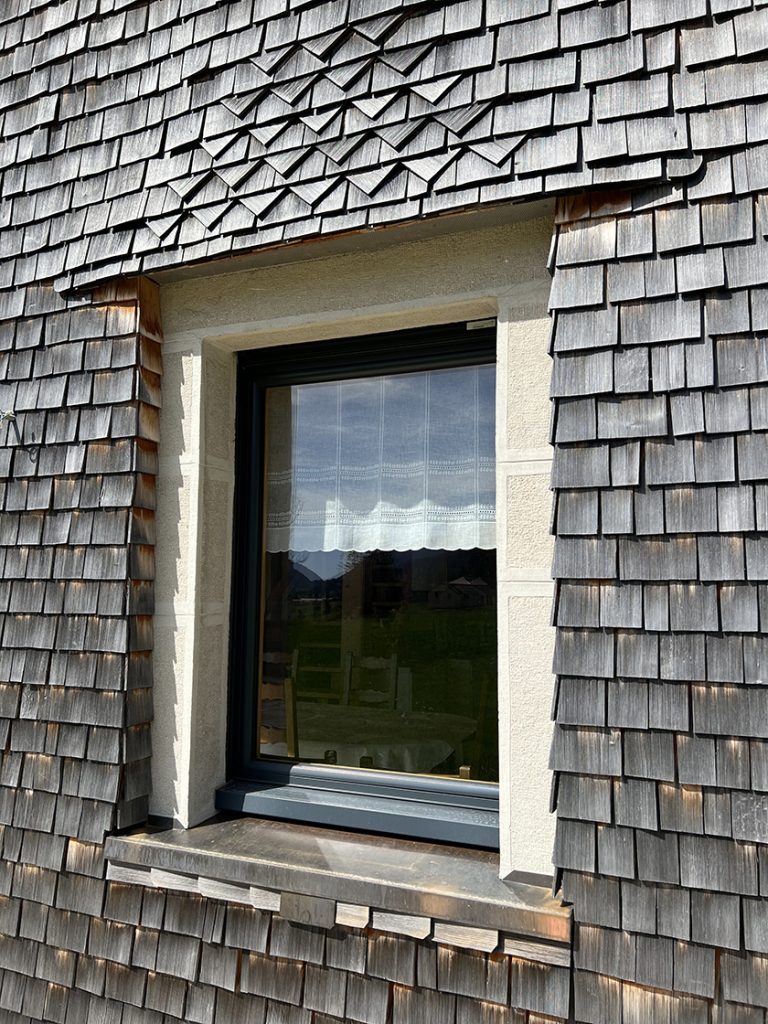
As you explore the mountains of the Pays de Gex this summer, keep an eye out for houses with tavaillons on their facades! Here’s a hint: there are some in Lélex and Mijoux (not really a surprise, these two villages are just a stone’s throw from the Jura!).
Thematics
Did you find this content useful?
Thank you
Thank you for taking the time to let us know that you found this content useful. Your encouragement is important to us, and your feedback helps us to improve.
Thank you
Thank you for taking the time to let us know that this content was not useful to you. We apologise for any inconvenience.
Share this content
Share this content
You might also like
- Gastronomy
- Know-how
What if you were a Gessian consumer?
By Stéphanie, on 30 Jun 2025
Reading time: 8 min.
- Gastronomy
- Know-how
Génération butcherie Grosgurin “Au Bon Saucisson
By Stéphanie, on 14 May 2025
Reading time: 4 min.
- Gastronomy
- Know-how
À la gessienne, traditional liqueurs made in Pays de Gex
By Stéphanie, on 14 May 2025
Reading time: 4 min.
- Culture
- Family
- Gastronomy
- Know-how
What to do when it rains in Pays de Gex?
By Anaïs, on 14 May 2025
Reading time: 4 min.
- Culture
- Family
- Gastronomy
- Know-how
- Nature
4 good reasons to come to Pays de Gex in spring…
By Stéphanie, on 08 Apr 2025
Reading time: 6 min.
- Activity
- Culture
- Family
- Gastronomy
- Know-how
What to do during the Easter holidays in Pays de Gex?
By Stéphanie, on 20 Mar 2025
Reading time: 6 min.




